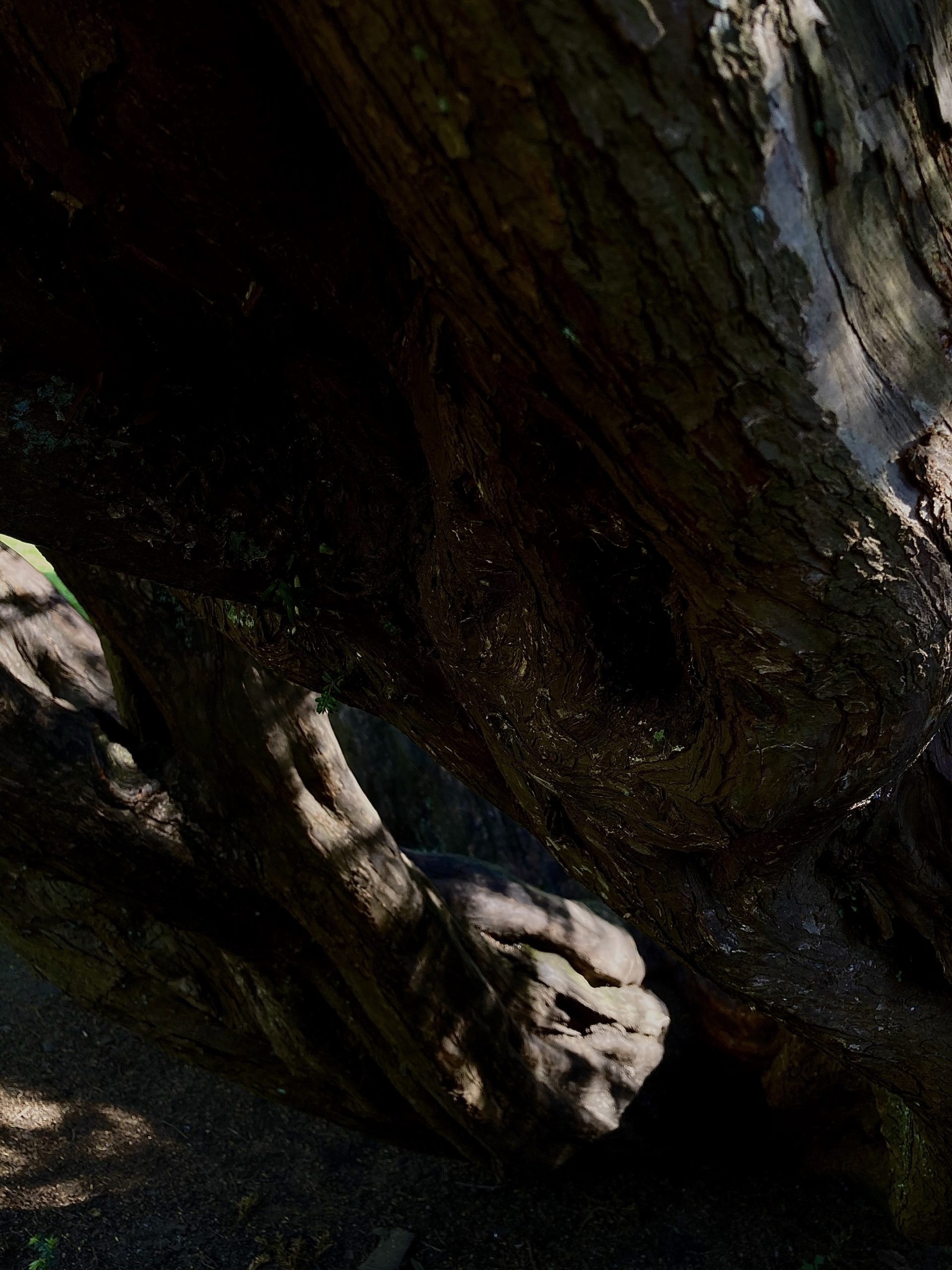
Activity from: imaginED and Professor Marie-France
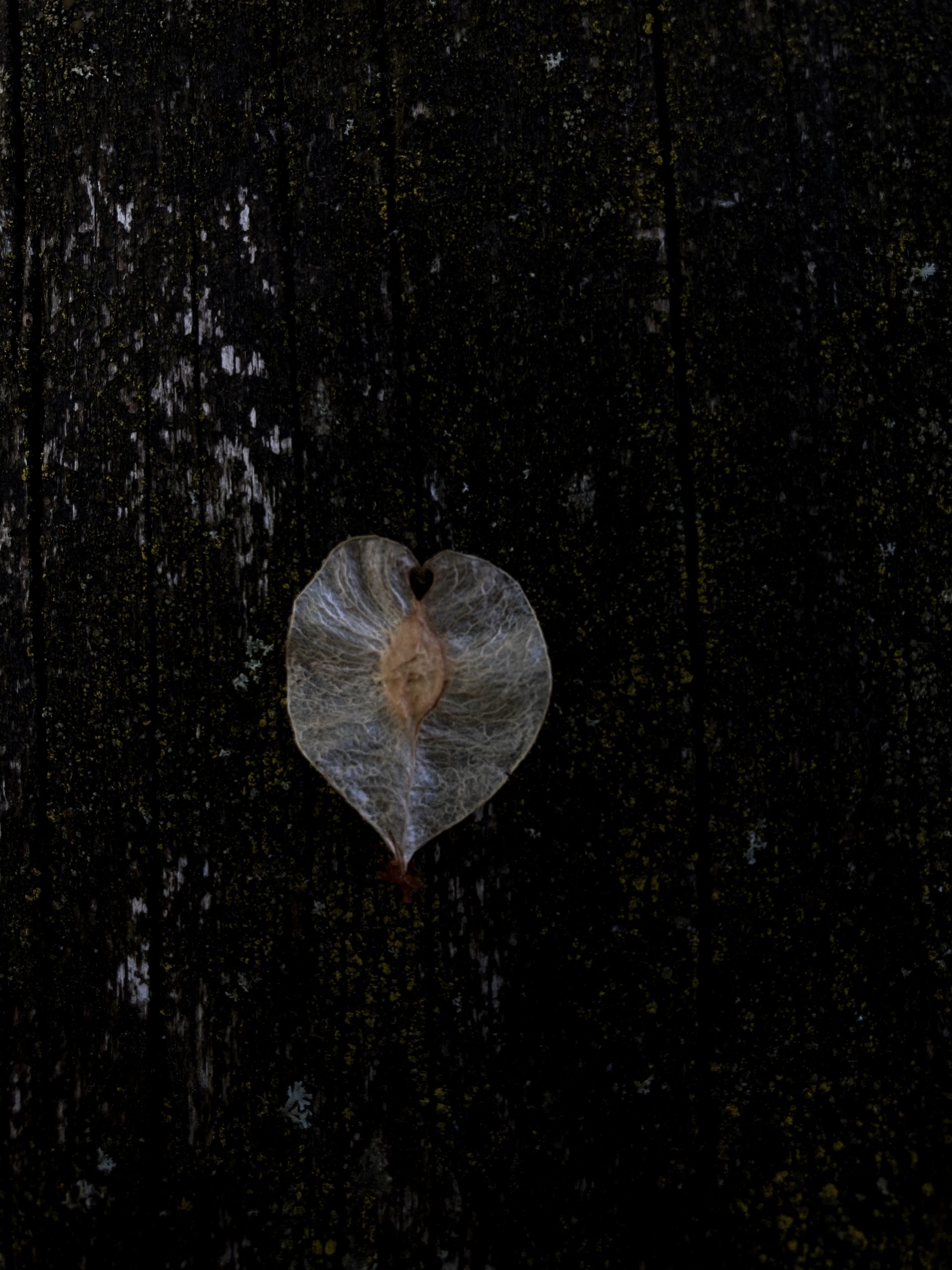
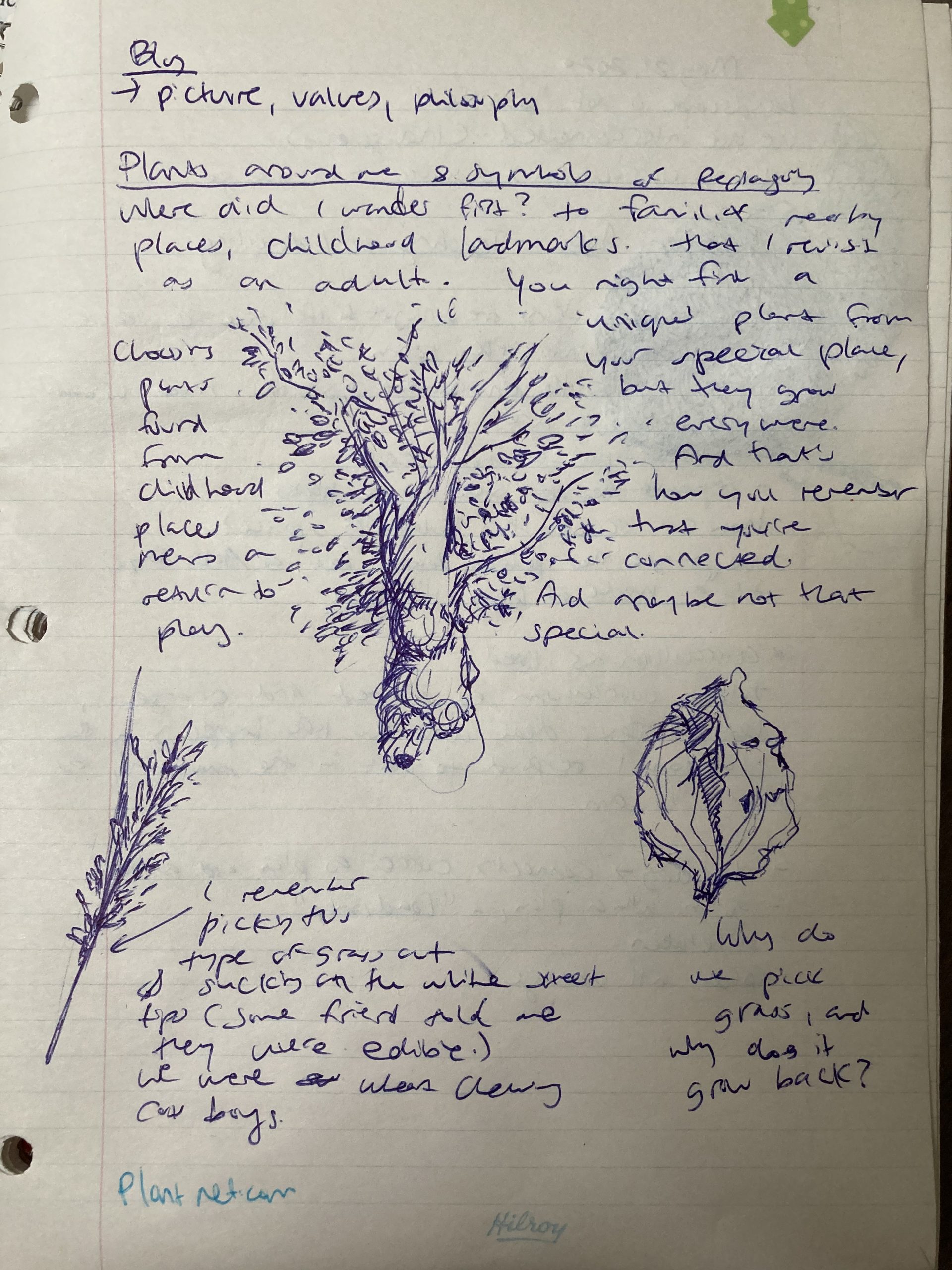
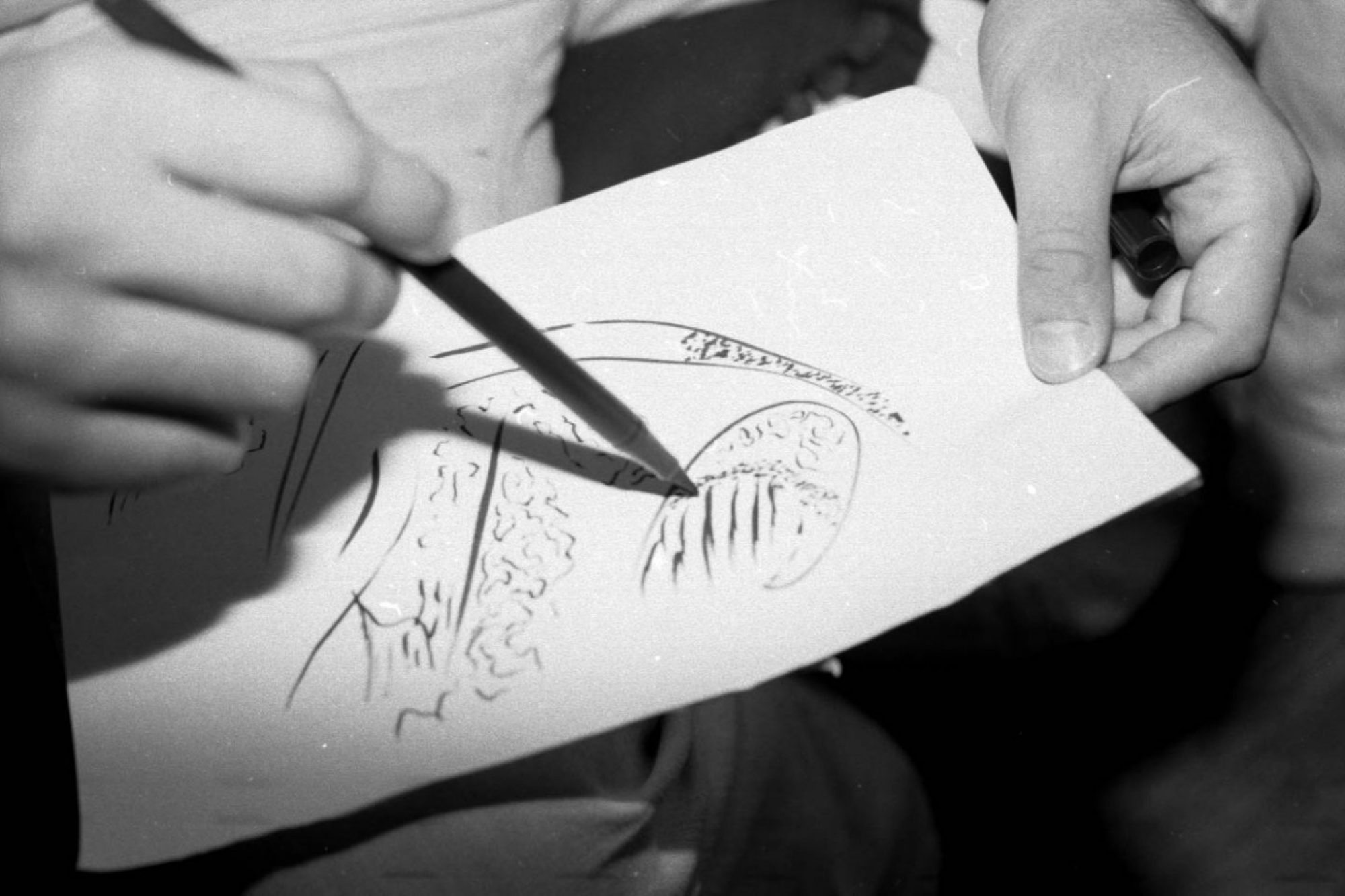
Teach. Learn. Experience.
Reconsidering, reflecting upon, and representing my own learning experiences (in the Teacher Education Program) in light of a critical engagement with what it means to be a professional and to be engaged in a profession.

Activity from: imaginED and Professor Marie-France


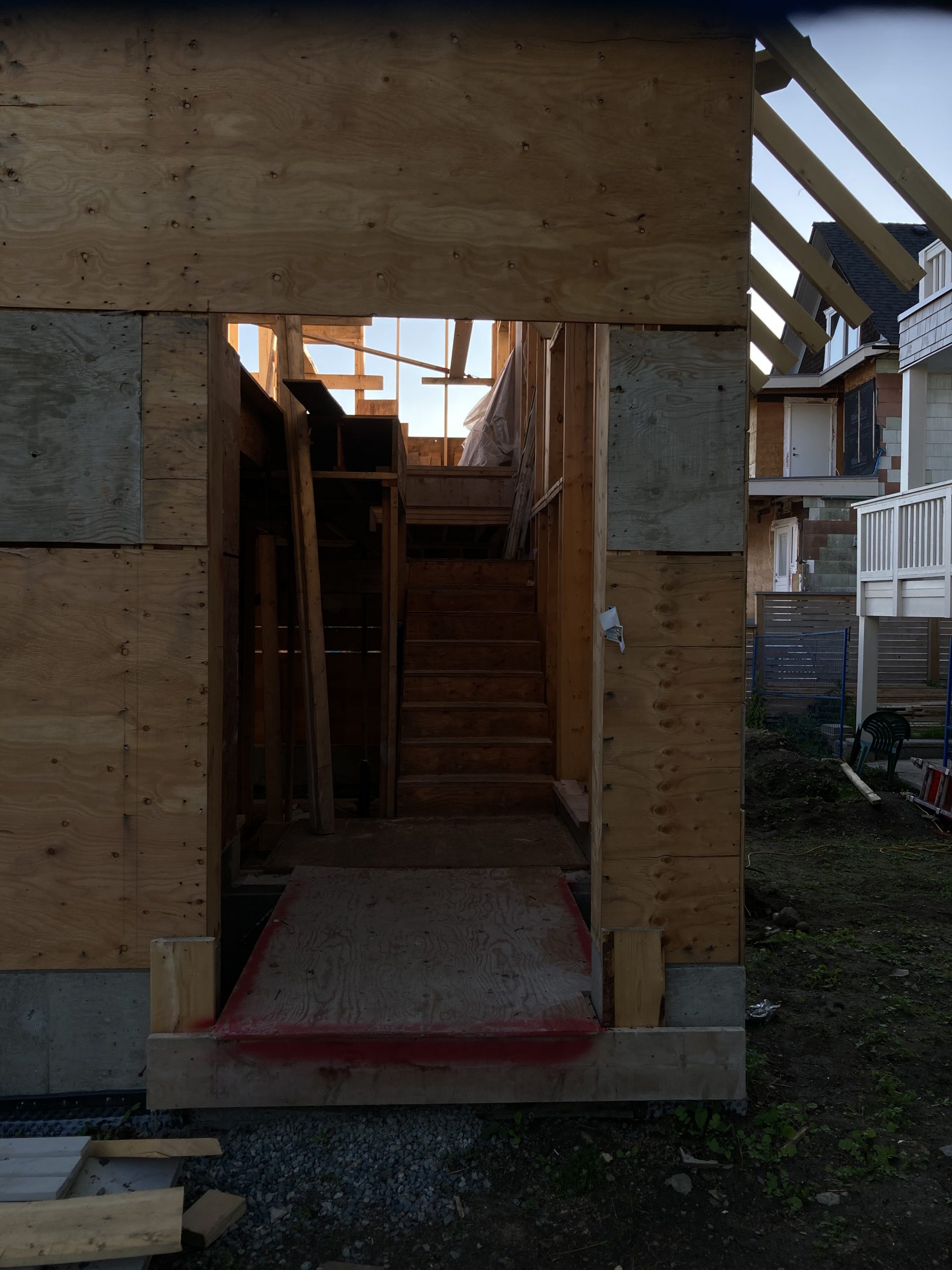 “Survive? What for?” (163)
“Survive? What for?” (163)
“…To be alive is to live in tension…” (162)
“…When light that comes from contacts with children glows anew.” (162)
A teacher’s role commands certain expectations and beliefs. The students’ mind starts whirring as soon as a fresh teacher sets foot inside their class. Students start making connections to their favourite and not-so-favourite teachers. Teachers do this too- they hold their own biases as to who the troublemakers might be (back row), the keeners (middle front), the gamers (side rows).
The new teacher begins to build a home. Where they place their family photos and how they organize the classroom supplies all become living relics of their practice.
As weeks go by, teachers grow to know understand each student’s “uniqueness” (160) and carve new forms into curriculum plans that are standardized by the province (Aoki). Some teachers thrive off what Aoki calls this “tension” (162). The plan was created so that teachers can adapt it according to their actual experience. Give me broken branches and I will make a fort.